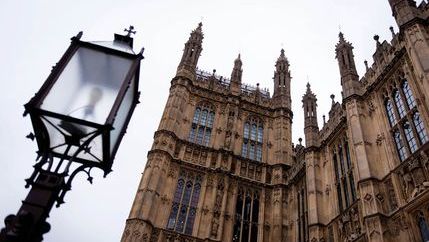
The nil-rate of SDLT was raised in September 2022 to £250,000 for all purchasers of residential property in England and Northern Ireland and increased the nil-rate threshold paid by first-time buyers from £300,000 to £425,000.
Tax cuts to stimulate economic growth
Chancellor, Kwasi Kwarteng MP, announced a permanent cut in Stamp Duty Land Tax, scrapped the planned rise in Corporation Tax and reversed the increase in National Insurance levies.
Energy crisis
The Energy Price Guarantee, which caps a typical energy bill at £2,500, will continue to provide support from April 2023 with the cap rising to £3,000.
More than eight million households on means-tested benefits will receive a cost-of-living payment of £900 in instalments, with £300 for pensioners and £150 for people on disability benefits.
Commercial property
A £13.6 billion package of support was included for business rates payers in England. To protect businesses from rising inflation the multiplier will be frozen in 2023-24 while relief for 230,000 businesses in retail, hospitality and leisure sectors was also increased from 50% to 75% in 2023.
To also help businesses adjust to the revaluation of their properties, which takes effect from April 2023, a £1.6 billion Transitional Relief scheme was announced to cap bill increases for those who will see higher bills.
This limits bill increases for the smallest properties to 5%. Businesses seeing lower bills as a result of the revaluation will benefit from that decrease in full immediately, with the Chancellor abolishing downward transitional relief caps. Small businesses who lose eligibility for either Small Business or Rural Rate Relief as a result of the new property revaluations will see their bill increases capped at £50 a month through a new separate scheme worth over £500 million.
Income
Working age benefits will rise by 10.1%, and the Triple Lock on pensions will be protected, meaning pensioners will also get a rise in the State Pension and the Pension Credit in line with inflation.
The National Living Wage will be increased by 9.7% to £10.42 an hour.
Housing support
The UK Government is limiting the rent increase for people in social housing in England and will only be able to rise by a maximum of 7% in 2023-2024.
Homeowners on Universal Credit will be able to apply for Support for Mortgage Interest loans after three months instead of nine months, including those in employment. This will come into effect in Spring 2023.
Taxable allowances
The threshold at which higher earners start to pay the 45p rate will be reduced from £150,000 to £125,140, while Income Tax, Inheritance Tax and National Insurance thresholds will be frozen for a further two years until April 2028.
The Dividend Allowance will be reduced from £2,000 to £1,000 next year, and £500 from April 2024 and the Annual Exempt Amount in capital gains tax will be reduced from £12,300 to £6,000 next year and then to £3,000 from April 2024.
The threshold for employer National Insurance contributions will be fixed until April 2028, but the Employment Allowance will continue to protect 40% of businesses from paying any NICS at all.
Confirmation that Corporation Tax will still increase to 25% from April 2023.
Electric vehicles will no longer be exempt from Vehicle Excise Duty from April 2025.
Energy Efficiency Task Force
A new long-term commitment to drive improvements in energy efficiency to bring down bills was also announced, with an ambition to reduce the UK’s final energy consumption from buildings and industry by 15% by 2030 against 2021 levels.
New UK Government funding worth £6 billion will be made available from 2025 to 2028, in addition to the £6.6 billion already pledged. The Task Force will be charged with delivering energy efficiency across the economy.







